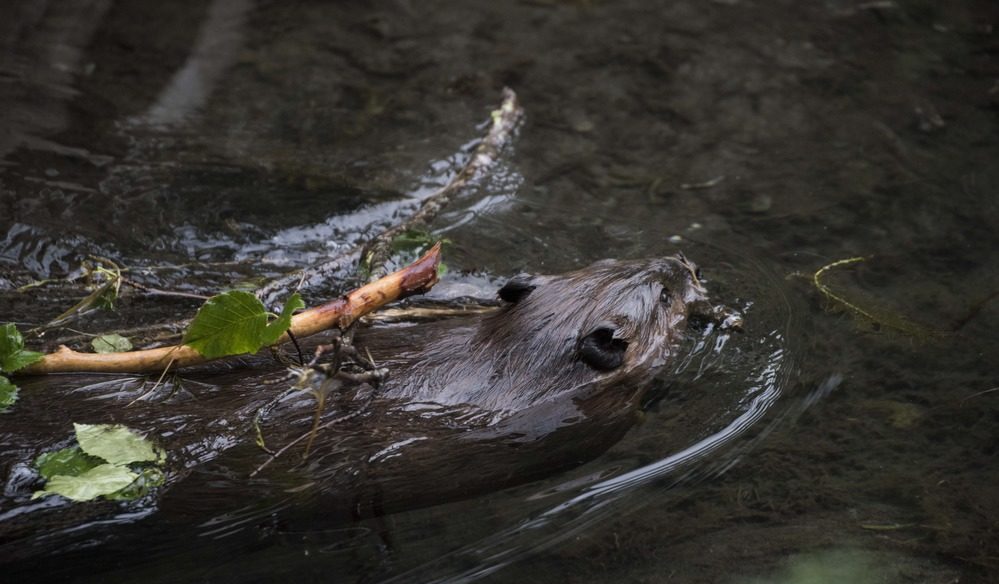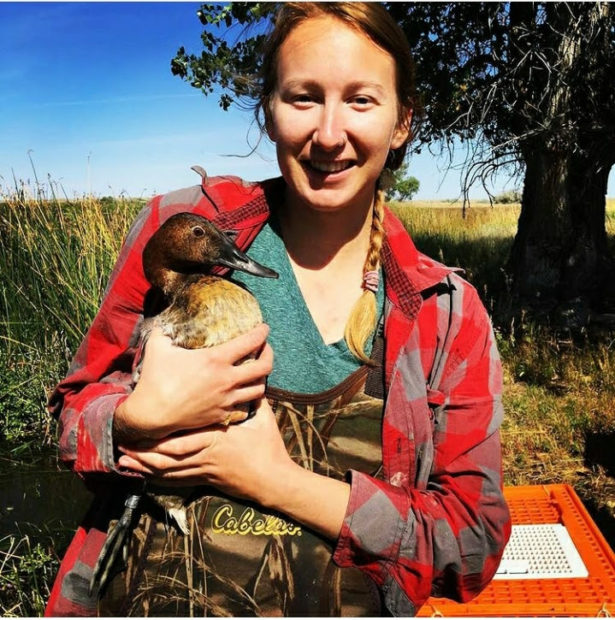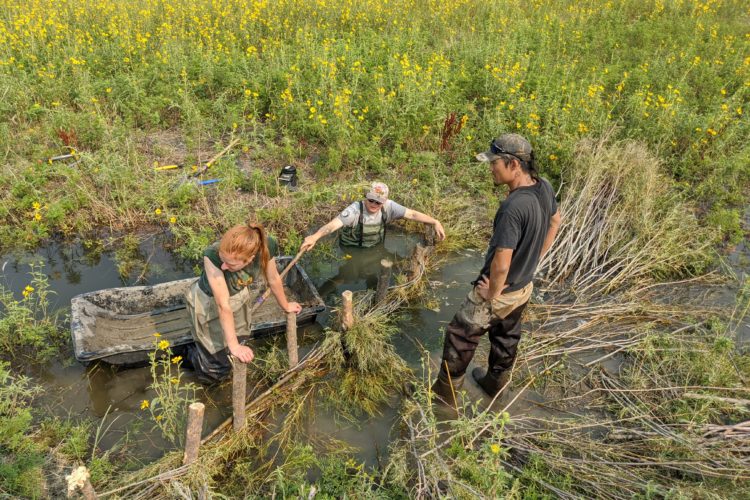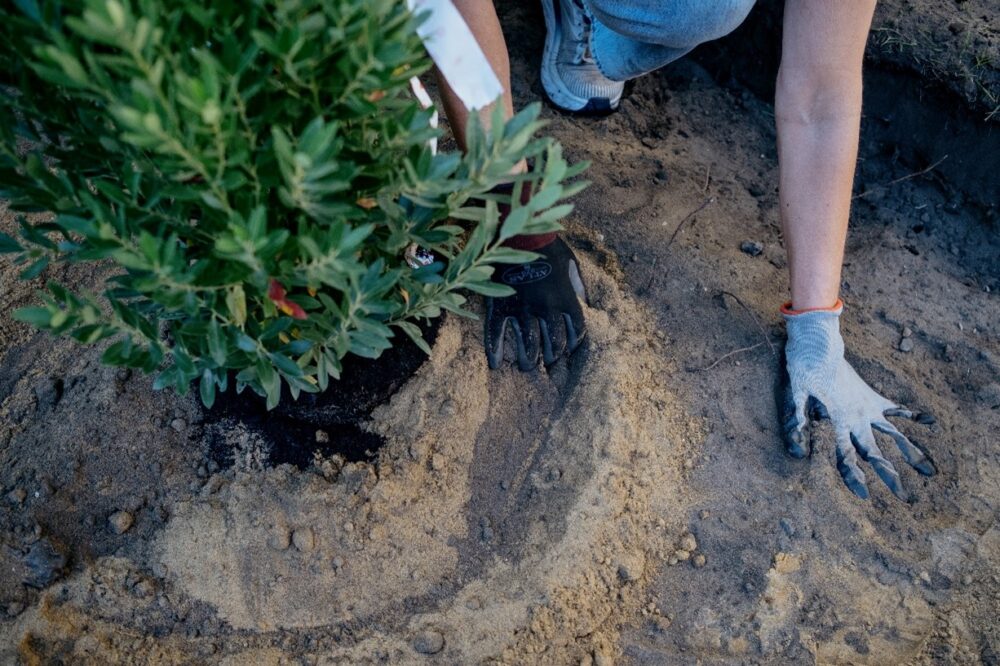We have much more to do and your continued support is needed now more than ever.
Passing the Torch: Shelby Weigand Steps In to Lead Riparian Connectivity

We are delighted to introduce the newest member of our NWF regional team, Shelby Weigand, who joined the National Wildlife Federation in late March as our Senior Coordinator, Riparian Connectivity.
She previously worked as the Sage Grouse Initiative Range and Wildlife Conservationist with Pheasants Forever in Burns, Oregon, and now has returned to Missoula, where she earned her B.S. in Wildlife Biology from the University of Montana. Shelby brings experience working with landowners, agencies, and conservation partners to improve riparian habitat, gained from positions in Montana, Wyoming, North Dakota, and Oregon. She is an avid outdoors person who will be a great hands-on partner in our habitat and outreach work throughout Montana.

Shelby will lead our low-tech process-based restoration work on public and private lands in north-central Montana, cooperating with the BLM and our many agency and nonprofit partners–we are pleased that a portion of this work will be supported by new grants from the National Fish & Wildlife Foundation’s Northern Great Plains Program and the National Wild Turkey Federation.
In addition to this restoration work, Shelby will represent the Federation in the Montana Beaver Conflict Resolution collaborative project (with the Clark Fork Coalition and Defenders of Wildlife), and will coordinate the Montana Beaver Working Group.
“We are very pleased to have Shelby join our team and to build off the legacy of Sarah Bates. Shelby brings unique skills and experiences. We’re looking forward to seeing her maintain and create rich partnerships among diverse organizations, all working toward a shared vision for wildlife here in the Northwest,” said Kit Fischer, Regional Director of Wildlife Programs.
A legacy in action

Sarah Bates, our former Western Water Director who transitioned into retirement earlier this year, has created so many opportunities in beaver restoration and riparian health. Among the key accomplishments of the Montana Beaver Working Group, a few highlights are listed below:
- Raising the profile of beaver restoration in the state, bringing together diverse interests to articulate common goals, with a focus on improving the health of Montana’s streams and riparian corridors
- Supporting statewide assessment of beaver habitat and restoration opportunities in cooperation with state and federal agencies
- Demonstrating and sharing information about non-lethal beaver management through collaborative projects, focused in particular on site selection and best practices for installation
- Directly addressing concerns about the effects of beaver dams (and beaver mimicry structures) on stream ecology by supporting focused research and sharing outcomes in public outreach
- Successfully advocating for improved language in national forest planning documents regarding beaver restoration
- Connecting with a wide network of beaver restoration advocates throughout the western U.S., sharing resources and experiences for mutual learning
Over the last three years under Sarah’s leadership, the Montana Beaver Working Group created a 2020 Strategy Meeting Report and Action Plan and a subsequent progress report containing contributions from agency, nonprofit, and private partners and highlights new areas of opportunity. The Action Plan identifies priority strategies for restoring beaver and beaver habitat in Montana and to commit to specific actions to advance beaver restoration for the benefit of Montana watersheds. The Montana Beaver Working Group was one of the examples featured at the Colorado Beaver Summit, where a new beaver working group is modeled in part on the Montana version.
“I am incredibly excited to continue to build the outstanding partnerships Sarah Bates has established across the west while expanding both the restoration and beaver conflicts projects respectively,” said Shelby. “It feels only fitting after leaving Montana in 2018 to return to my home state and work in the familiar places through new and innovative approaches to conservation”





















